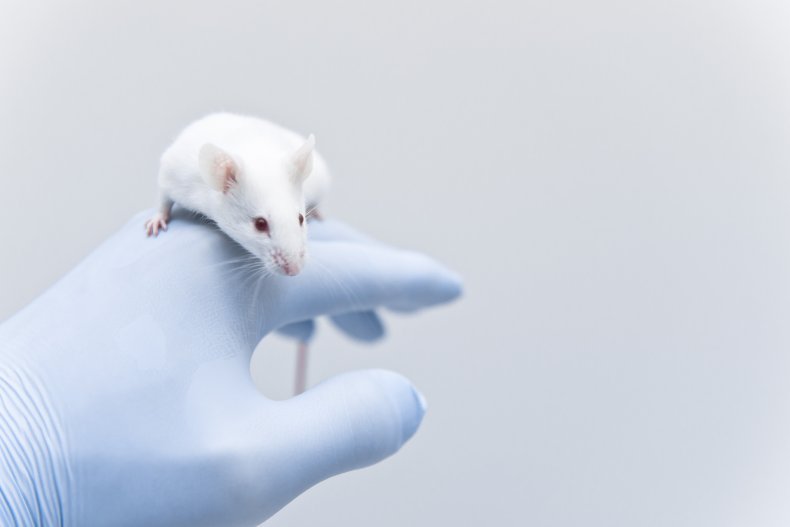Blood
Scientists slow aging in mice by transfusing young blood
In a study straight out of science fiction, scientists have increased the lifespans of old mice by 10 percent by fusing them and their bloodstreams with younger animals.
For the first time, the team was able to demonstrate that the anti-aging effects of these young blood transfusions could last for months after the procedure, resulting in what would be the equivalent of a five- to seven-year life extension in human years.
The theory that young blood can slow the aging process is not particularly new. In 2017, a California-based startup called Ambrosia began selling the liquid component of young blood for transfusions at $8,000 a liter. Although Ambrosia shut down after the Food and Drug Administration issued a warning about the technology in 2019, research in this area has continued and is yielding exciting results.
The technique of surgically fusing two animals together, known as parabiosis, is not new either and has been around since the mid-1800s. It was first used in the field of anti-aging in 2005 by researchers at Stanford University.
unoL/Getty
“The parabiosis procedure connects tissues between the two mice, which quickly fuse and start sharing circulation,” James White, a professor of medicine and cell biology at Duke University School of Medicine and the Duke Aging Center who led the recent study, told Newsweek. “The detachment procedure simply separates these connections, and the mice quickly recover to live separately for the rest of the study.”
In the Stanford study, this technique was used by the researchers to demonstrate that young blood could seemingly rejuvenate the older mice. But for how long?
In White’s recent study, published in the journal Nature Aging, he and his team examined how long the anti-aging benefits of this process lasted after the animals were no longer connected.
“We anticipated beneficial effects of the prolonged exposure to young circulation, but we were surprised to see the lasting effects we observed,” White said.
He continued: “Even two months after detachment, the old heterochronic mice [old mice that had been fused with younger mice] had reduced biological aging and gene expression akin to younger mice, compared to the isochronic controls [old mice that had been attached to older mice].
“These results suggest a possible cellular reprogramming over time to a more youthful state, which can be maintained even after the cessation of young blood,” he said.
Not only had the mice shown signs of rejuvenation at a cellular level, but the older animals also displayed improved physiological abilities and lived 10 percent longer than their peers who had not undergone the procedure.
“Based purely on this study, the extension in lifespan would equate to about five to seven human years,” White said.
We still do not know exactly how this “anti-aging” process works, but White said a combination of younger cells and “youthful factors” like proteins and metabolites are the most likely candidates. It is these youth factors that the researchers are most interested in.
“The use of heterochronic transfusions to promote health and longevity is not practical and has obviously ethical issues,” White said. “The therapeutic angle is finding the ‘youth factors’ in the young circulation responsible for these effects.”
So how close are we to mastering the aging process and extending humans’ lifespan?
“Recent breakthroughs are supporting the idea that it’s possible to separate chronological age from biological age,” White said. “How much is still unknown, but we now know there is inherent capacity to reset our biological aging at the cellular level. We will soon see how far we can slow or reverse aging.”

